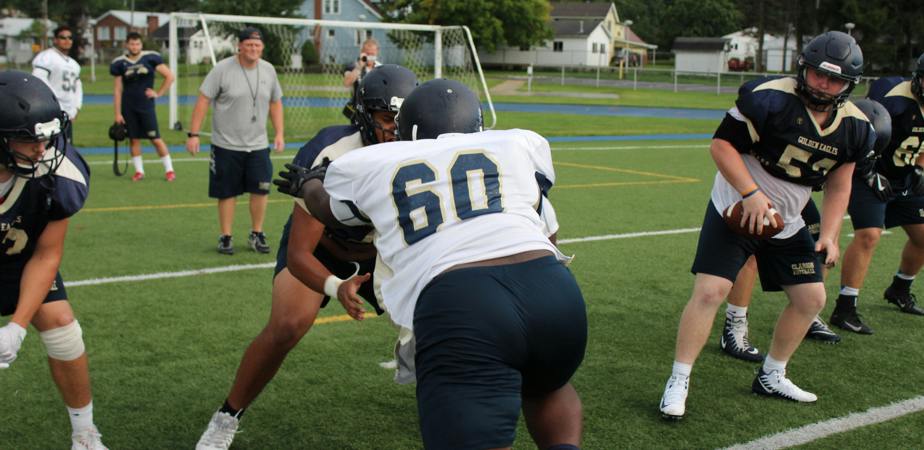
August 08, 2025
By Graham Melstrand, Government Affairs, Coalition for Registration of Exercise Professionals (CREP)
Before the first school bell rang this year, two high school football players—one in Memphis, Tennessee and one in Atlanta, Georgia—lost their lives during pre-season workouts, reminding us in the most tragic way possible that our work is far from done.
The Athlete Alive initiative was created to prevent precisely these kinds of deaths—avoidable losses caused by preventable conditions, inadequate preparation, or unsafe training practices. Each year, over one hundred student-athletes die from causes related to heat illness, cardiac arrest, and overexertion. These are not “freak accidents”—they are predictable, recurring failures in policy, oversight, and accountability.
Progress Worth Noting
We have made meaningful strides. Most states now mandate Athletic Trainers for high school sports—an essential move that’s saved countless lives. And several states are leading the way with smart, risk-reducing legislation:
- Virginia’s SB 1104 and HB 1663, signed into law this year, establish guidelines and protocols for extreme heat safety in interscholastic sports. These policies require schools to monitor wet bulb globe temperatures and modify or cancel activities based on environmental risk, helping to prevent exertional heat illness before it starts.
- Florida’s SB 1070 and HB 1135, passed with broad bipartisan support, now require EKG screenings for all student-athletes. These screenings help identify previously undetected cardiac conditions—conditions that often turn fatal during high-intensity exercise if left unrecognized.
These are wins. But they are not enough.
The Silent Gap: Who’s Leading Conditioning?
Here is a harsh truth: while we mandate that referees pass certification exams and that sports coaches complete basic first aid training, there are zero requirements in most states for who designs and leads high school strength and conditioning programs.
That gap can be, and often is, deadly.
Conditioning sessions are where most non-contact exertional fatalities occur. Yet these sessions are often led by well-meaning but under-qualified personnel. It is time to change that. Registered exercise professionals—trained in exercise assessment and program design, athlete safety, and environmental considerations—must be integrated into the high school athletics ecosystem, working in partnership with sports coaches and Athletic Trainers.
The Cost Excuse: What is a Life Worth?
Too often, we hear, “We’d love to have qualified exercise professionals working alongside our sports coaches, but we can’t afford it.” But the real question is: Can we afford not to?
How many more young lives must be lost before we prioritize safety over convenience or budget line items? In a country that spends more than $1 billion annually on youth sports travel alone, cost as the limiting factor for basic safety oversight is indefensible.
Policies and partnerships exist to close this gap. States and school districts can act now by:
- Requiring registered exercise professionals to supervise or approve off-season and in-season conditioning programs.
- Passing heat and cardiac safety legislation to protect student athletes in all states.
- Educating parents on their right to ask who is overseeing their child’s training and conditioning, what credentials they hold, and what the emergency policies and procedures are should there be an event.
What’s Next for Athlete Alive
The Athlete Alive initiative—backed by CREP and our coalition of nationally accredited credentialing organizations—will continue pushing for common-sense policies rooted in prevention and performance. We will advocate for minimum qualifications for those responsible for strength and conditioning activities, and for robust adoption of EKG and heat safety protocols across all fifty states.
We will also expand outreach to parents, school boards, and state legislators to ensure they understand what is at stake—and what can be done.





